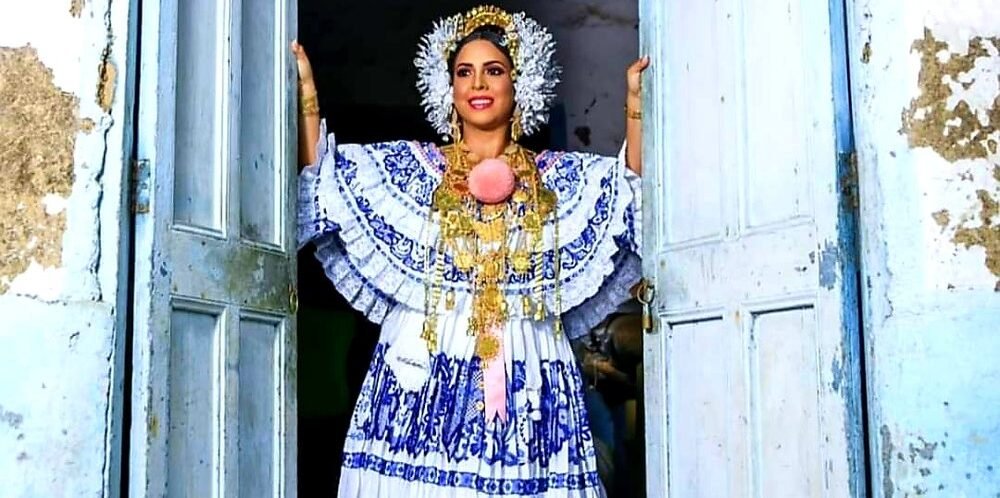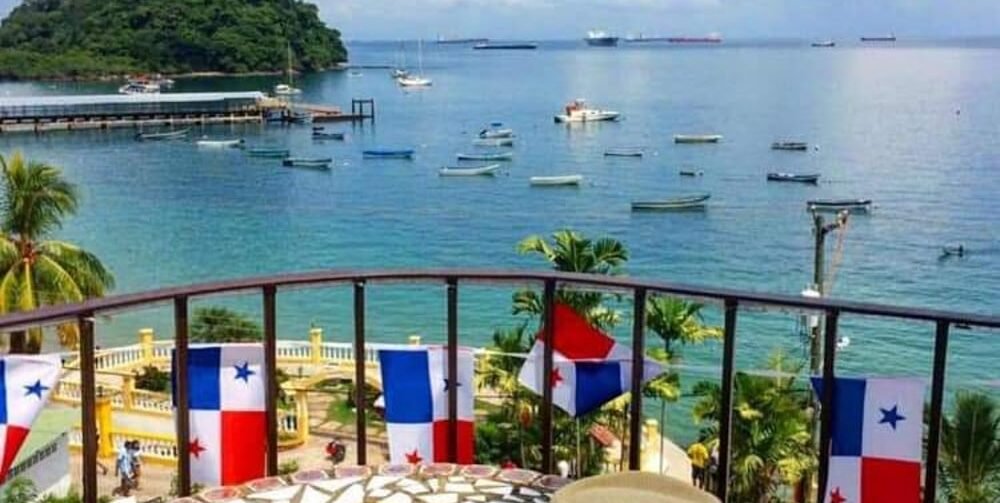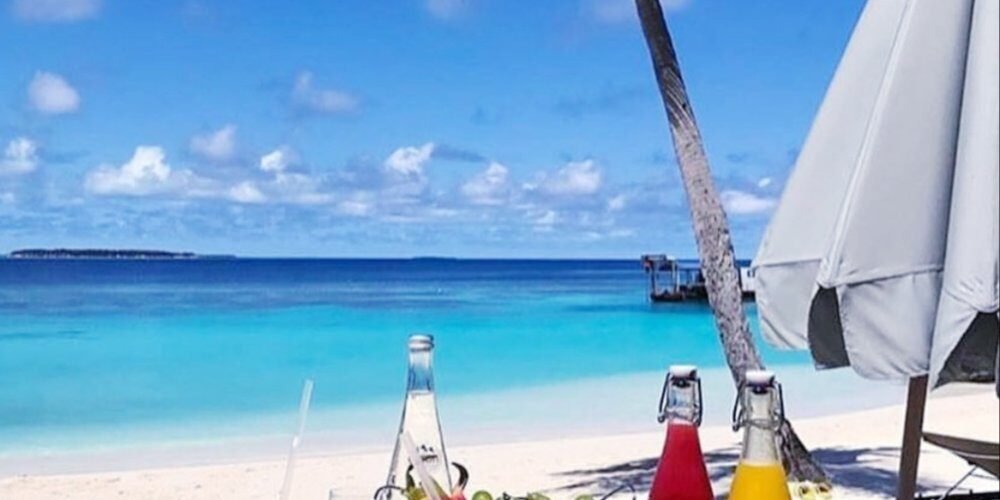We are a Multicultural Melting Pot
The social beliefs and customs practiced in Panama are drawn from ethnic communities native to
the country and those who came from different parts of the world.

Panama City -
The Dubai of Central America
The Panama Canal
The Panama Canal is the world’s greatest shortcut and one of the engineering wonders of our time. It’s 50 miles in length, and it connects the Atlantic and Pacific oceans through the narrowest portion of the Americas.
Its inauguration was possible thanks to the work of more than 75,000 men and women who worked for 10 years facing unprecedented challenges; a feat that was emulated a century later when new locks were built to accommodate larger ships.
Today this marvel of technology can be discovered in two visitor centers complete with observation decks, exhibits, and screening rooms.

near the southern coast of Panama.

Frequently Asked About Panama
About the Isthmus of Panama.
The narrowest of all the Central American countries, Panama is 37 miles wide at its narrowest point and 110 miles at its widest. Many people don’t know the significance of its strategic location and dedication to progress and diversity.
What is Panama Known for?
The canal is 48 miles long from the Pacific Ocean to the Caribbean Sea. Its construction saves ships days from having to go down and around the tip of South America.
As Panama came into its own, full control of the Panama Canal was given to Panama on the last day of 1999.
The Climate in Panama.
The dry season starts off the new year in January and lasts until mid-May. Average day time temperatures range from 90F to 95F with night temperatures dipping to 75F.
The rainy season usually starts off in mid-May. The rainiest month is November but by mid-December the rain is completely gone.
What’s Panama’s History?
In 1671, the pirate Henry Morgan burned down original Panama City. In 1821, Panama gained independence from Spain only to join Colombia. In 1903, Panama declared independence. Colombia relinquished, and Panama declared itself a separate nation in 1921.
About Panama’s Economy.
The stability of the government, location for shipping, world banking, and a prosperous outlook makes Panama one of the best places to live and do business. Not surprisingly, interest from foreign investments continues to grow every year and the population reflects this global diversity.
What’s There to Do in Panama?
Tradition and Culture.
Officially a Catholic country, Panama has a long-established tradition of religious and ethnic tolerance with large communities from all over the globe including China, Korea, Israel, Lebanon, India, Colombia, and Venezuela to name a few. This makes Panama one of the most Multicultural countries in the World.
Panama's Ethnicity.
Panama is home to thousands of people of African descent, whose ancestors came from places like Jamaica, Barbados, Trinidad and Tobago to help build the canal… or were slaves brought over during colonial times. Although they live all around the capital, Afro-Caribbeans have predominantly settled in the provinces of Bocas del Toro and Colón.
Panama's Infrastructure.
Land in Panama City and you’ll see a scintillating skyline of chrome and steel towers. Along the Cinta Costera, or coastal belt, a wide avenue lined with greenery, walkways, bicycle paths, recreation areas, and more, lies the busy International Banking District, where Panamanians go to mingle and exercise with friends and family.
Quick Facts.
Vaccines Not necessary.
Currency: the U.S. dollar is the official currency. It is locally referred to as the Balboa.
Financial: Major businesses in Panama accept credit cards (many places do not accept American Express). Please have cash for taxis/Ubers, souvenir kiosks, and the like. Language: Spanish is the official language, and most Panamanians are fully bilingual. Religion: Christianity is the dominant religion in Panama.
Passport: Need valid passport to enter Panama.
COVID-19 guidelines for visiting the
Republic of Panama.
Enjoy Sun, Fun & Rum
Panama, officially the Republic of Panama (Spanish: República de Panamá), is a transcontinental country in Central America, bordered by Costa Rica to the west, Colombia to the southeast, the Caribbean Sea to the north, and the Pacific Ocean to the south.
In Panama, everyday is a celebration – because we celebrate LIFE!


